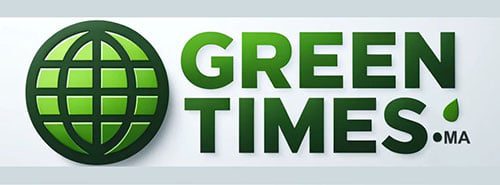In the dynamics of the Paris Agreement, Morocco is taking a new step in environmental governance. Thanks to a close partnership with the United Nations Development Programme (UNDP), the Kingdom is implementing a National Integrated Climate Transparency System (NIS-CT), aimed at structuring the monitoring, analysis, and communication of data related to climate issues.
Although its greenhouse gas (GHG) emissions are low on a global scale, Morocco is feeling the full effects of climate change. To address these challenges, it continues its efforts towards a development model that is both low-carbon and resilient. The ambition is clear: to establish a position of regional leadership on climate issues, combining technical rigor with institutional transparency.
Specifically, the future NIS-CT will serve to reliably collect, process, and disseminate information related to GHG emissions, mitigation policies, adaptation initiatives, as well as climate financing received or mobilized. It will also integrate data from carbon markets, in a logic of consistency with international commitments.
This project is part of Article 13 of the Paris Agreement, which provides for a mechanism of enhanced transparency to assess the progress of states. Morocco, already engaged in this exercise with the regular publication of its National Communications and updated Biennial Reports, intends to take an additional step with the establishment of a structured and interoperable digital system.
A dedicated platform already exists at the national level. Designed to support work on GHG inventories and the monitoring of Nationally Determined Contributions (NDCs), it is divided into three modules: emissions, actions, and support. This foundation will constitute the technical basis of the future integrated system.
The design phase, supported by the UNDP, is set to be methodical. It will begin with a thorough diagnosis of the existing framework and an international benchmark, before defining the technical, regulatory, and institutional needs of the future system. An expert will be recruited to lead this strategic project. The next step will be to design the functional and IT architecture of the NIS-CT, establish a clear governance framework, and validate everything during a national workshop.
The implementation roadmap will outline the key steps for deployment in the short, medium, and long term, while identifying the necessary resources to ensure the success of the operation.
This project is part of a global initiative led by the UNDP, called “Climate Promise,” which supports more than 120 countries in operationalizing their climate commitments, with an emphasis on governance, transparency, and financing.
For Morocco, this system is not just a technical tool. It serves as a political lever to better guide its public policies and strengthen its voice on the international stage. It is also proof of a deep commitment to sustainably embed ecological transition at the heart of public action.
Source: Le Matin


